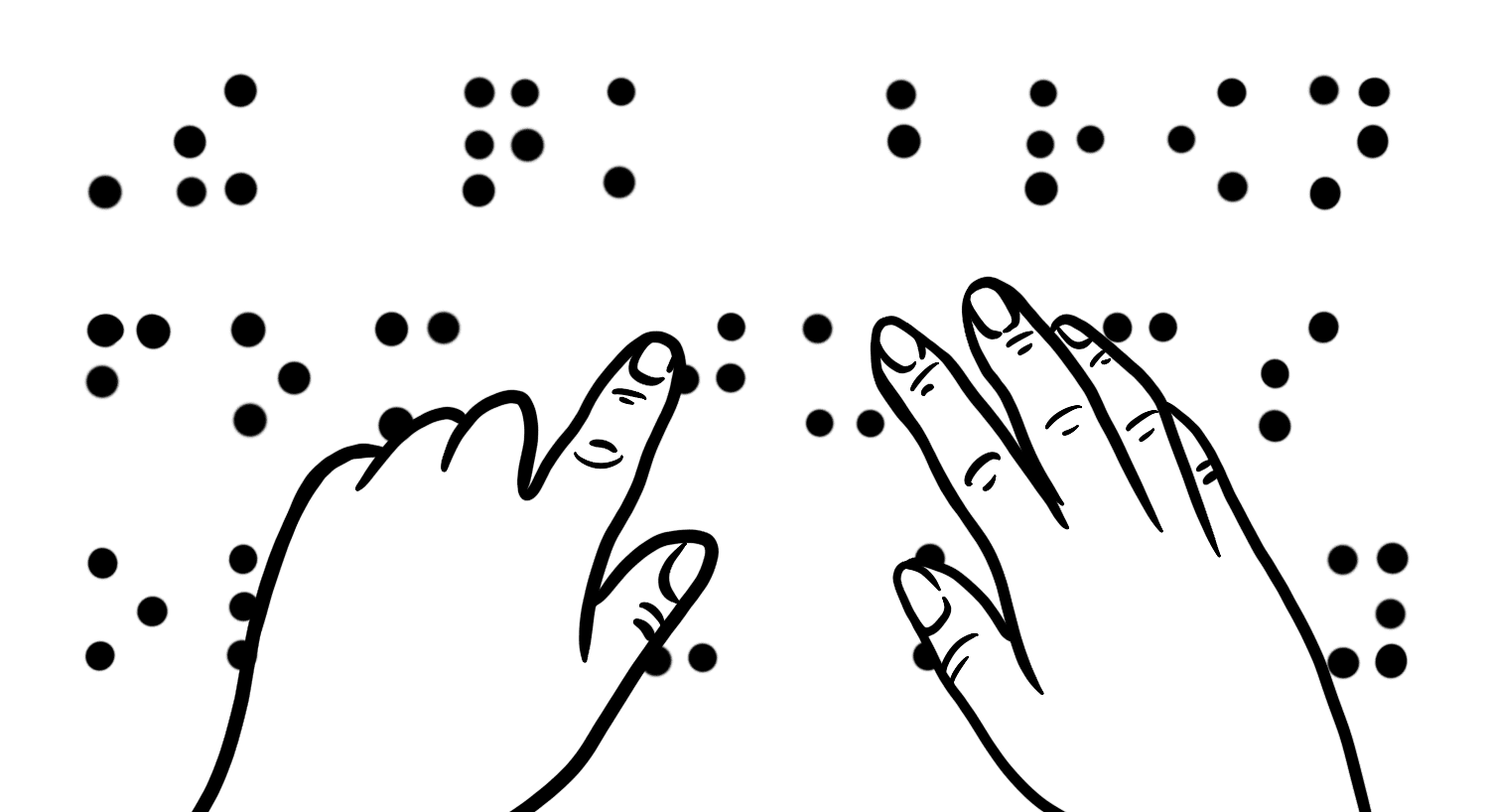What is Braille?
Braille is a method of writing that uses dots punched into paper to represent letters, numbers, and words instead of using flat ink letters, primarily used by those who are blind.


Braille defined:
Braille was invented in 1824 by Louis Braille, originally for the French language. It uses a system of cells, with six dots per cell, to form different characters. Every letter and punctuation mark are created by a different combination of these six dots.
It is important to note that while some versions of Braille have systems of shortcuts in order to shorten many words, Braille itself is not a different language; every letter in the printed alphabet has a Braille representation. The process of translating a document into Braille involves picking the correct Braille character for each printed one, substituting some words with their shortened versions in Braille (called contractions), and then making sure the spacing and formatting is both useful and represents the printed document as closely as possible. As Braille is created by combining differing dots in a six-dot cell to form characters, Braille has no concept of fonts, and all fonts are translated to the same Braille output.
While originally invented for the French language, versions of Braille exist for almost every language spoken in the world. As well, in many versions of Braille, the six-dot cell has been replaced by an eight-dot cell, which allows for easier representation of formatting information and a larger array of characters. This was made possible because most Braille nowadays is produced on a Braille display, or via a Braille printer: While adding two extra dots to each cell would be cumbersome when writing Braille by hand (and most methods of hand producing Braille still only support six cells), it is much easier with computerized production methods.
Unfortunately, Braille is still much larger than print, slower to read, and more expensive to produce. Modern improvements to text-to-speech and Optical Character Recognition (OCR) technology led some to believe that Braille is no longer cost effective to teach or use and should be dropped entirely. However, Braille advocates say that listening to text-to-speech is not the same as reading, and that everyone should have the opportunity to learn to read Braille, as understanding Braille is the equivalent in literacy to a sighted person’s ability to read. That said, the cost of producing Braille and the lack of Braille teachers has meant that the ability to read Braille is falling sharply in the blind community.

